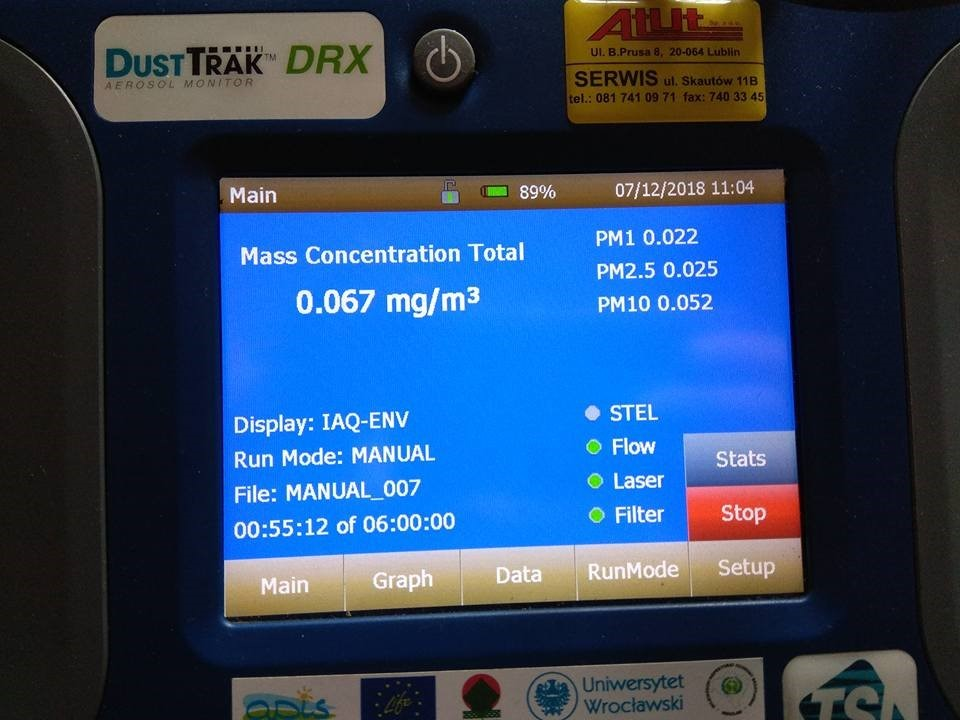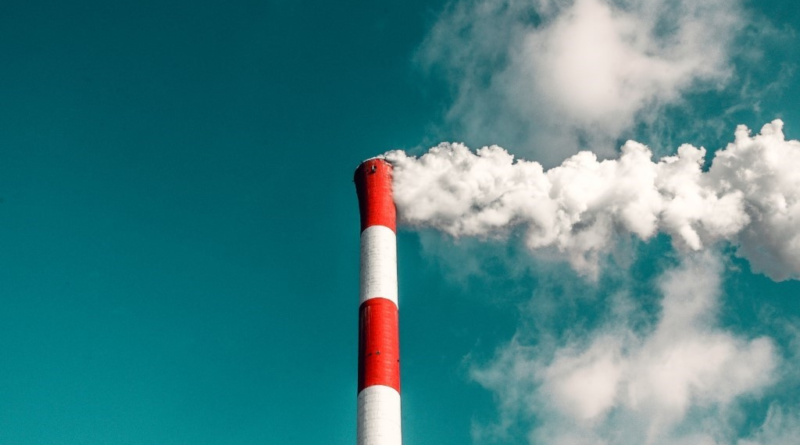What’s the difference between emission and immission?
These two ideas are often confused. What is the difference?
Emission is the mass of substances released directly into the environment, both from natural (e.g. volcanic eruptions) and anthropogenic sources (e.g. fuel combustion). The amount of these substances is determined in units of weight over time, e.g. g/h, kg/year.
Immission, also called concentration of pollutants, is the amount of a dust or gas pollutants in a given volume of air unit. Immission is determined in units of weight of the substance per unit volume, e.g. µ/m3, g/m3.
In summary, emission is a thing that the chimney “throws” into the air, while immission is the concentration which we measure.

